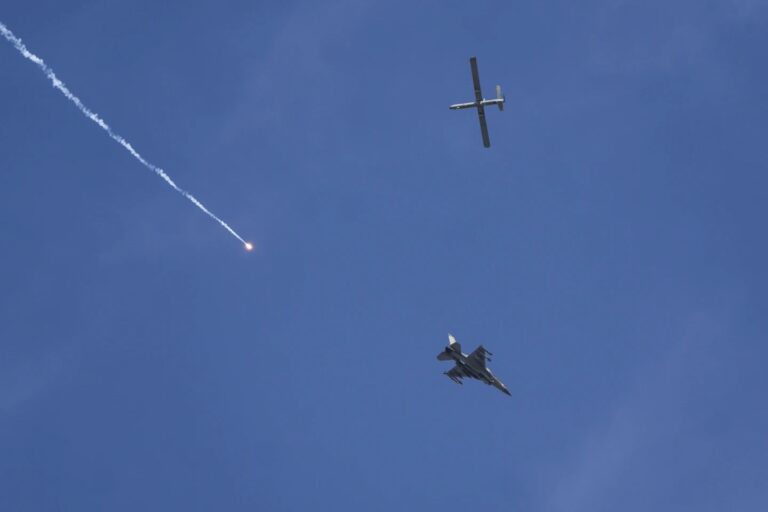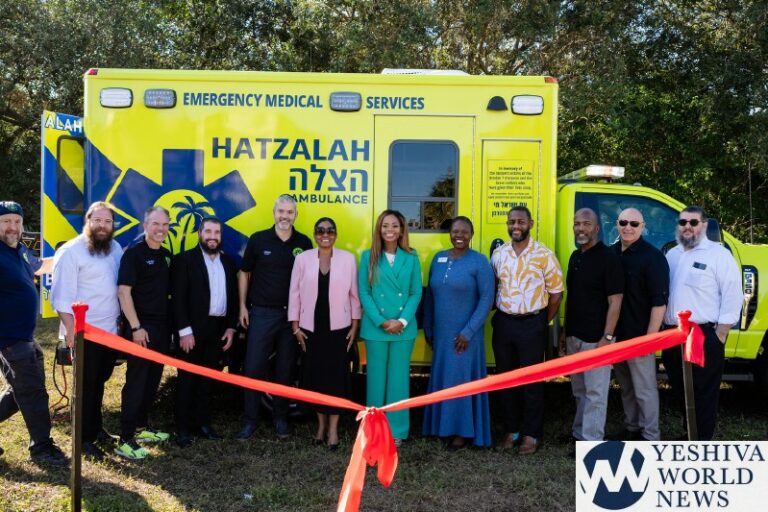 Lifesaving help for seriously injured or ill people in Sullivan County just got a lot closer. Starting next week, a LifeNet helicopter will be stationed 24/7 at Catskill Regional Medical Center. Instead of waiting nearly a half-hour for a helicopter from Orange or Ulster counties to arrive, a chopper can get to a patient in five to 10 minutes.
Lifesaving help for seriously injured or ill people in Sullivan County just got a lot closer. Starting next week, a LifeNet helicopter will be stationed 24/7 at Catskill Regional Medical Center. Instead of waiting nearly a half-hour for a helicopter from Orange or Ulster counties to arrive, a chopper can get to a patient in five to 10 minutes.
“Just about anything they can do in the emergency room, we can do in the helicopter,” said Mike Paulson, the manager of the new medical base at Catskill.
“It’s going to save lives,” said Stuart Hirsch, Catskill’s director of critical operations.
Catskill’s chief financial officer, Nick Lanza, today finalized the contract with LifeNet, part of the nationwide Air Methods Corp., to provide the choppers and staff.
LifeNet and Catskill are essentially trading services. So, as in a regular ambulance service, the hospital bears no cost for the arrrangement.
LifeNet will have eight medical staffers — nurses and paramedics — and four pilots based at the hospital, with around-the-clock staffing. The LifeNet team will be quartered on the hospital’s fourth floor, so it’s always on call for an emergency.
Until now, the nearest medical copters were LifeNet at Kobelt Airport in the hamlet of Wallkill and in Valhalla, State Police Life Guard at Stewart Airport in Newburgh and Geisinger Life Flight in Wilkes-Barre, Pa.
Speeding up medical response time and being able to start critical-care measures — such as rapid intubation and cervical tracheotomies to open and protect the patient’s airway — improve the chance of survival.
Trauma medicine operates along the concept of the “golden hour.” The sooner a severe-trauma patient gets to a hospital for high-level emergency interventions and testing, the better the chance for survival. Once that first hour between injury and treatment elapses, survival rates plummet.
Without a helicopter stationed in-county, it took 25 to 30 minutes to bring in a chopper or to get a patient to Catskill via ambulance. Then, it’s a 26-minute chopper flight to Westchester, the nearest regional trauma center.
But this isn’t just about trauma. Time is just as crucial for heart attack and stroke survival, said Ed Rupert, vice president for LifeNet’s northeast region.
It just made too much sense not to do this, he said.
(Record)










